Which Sapphire RX 7900 XT Pulse has quieter coils?
“My piece has quieter coils”. “Ours don’t whine, they’re exclusive”. Such and similar claims often appear across user testimonials on forums or (in the latter case) graphics card manufacturers. But somehow the exact supporting evidence, which we have now attempted to create, is always missing. Of course, it is impossible to form uuniversal conclusions from two samples, but at least we have something in our hands around which a serious debate can be held.
The high intensity of coil whine is an increasingly over-hyped topic that will be unavoidable in the future. With the increasing performance of graphics cards at current manufacturing standards, coils will be an acoustically distracting element. And even more so the quieter the cooler itself. In some cases, you may end up hearing only the coils.
The fluctuating, high-frequency sound always makes the user’s time at the computer less comfortable due to the changing workload. Especially when the noise level of the coils tends to increase. We will get to the reasons for this later in the subsection “Why do coils emit sound?”, but now to the main one, namely how two different samples of the same graphics card model can be different from each other. For this test, we used the Sapphire RX 7900 XT Pulse. One piece (referred to as “Sample 1” in the charts) is directly from the manufacturer, the other (“Sample 2”) we got from a store.
In the tests, there is only a focus on noise in the exclusive coil sound band (4–20 kHz). Traditionally, spectrographs are used for the analysis, which are obtained using the procedure described in the corresponding chapter of the standard graphics card testing methodology.
One of the test scenarios represents gaming (CS:GO@2160p), the other 3D rendering in Blender accelerated by OpenCL.
Significantly louder coil whine is experienced during gaming at significantly higher power draw – 328.4 W (Sample 1) and 329.3 W (Sample 2). The reported power draw values are very accurate, as we measure them with current clamps and directly on the PCI Express slot. So the power draw in the tested situations scales really perfectly. However, the difference in coil whine is minimal. At 5747 Hz, one sample does have a higher peak than the other, but only by 1.5 dBu, at which you cannot “feel” for sure which of the cards is noisier. Otherwise, the shape of the graph formed by the noise intensity at each frequency is very similar. There are small differences, depending on the differences in the manufacturing of the coils, but to such a small extent that when you measure with a noise meter, which outputs a single value in dBA, you end up with the same number.
A similar situation is repeated at lower power draw (~216 W), where again “Sample 1” is slightly noisier, but again to such a small extent that you have to have extremely good hearing to pick the quieter of the pair of cards. At this load, moreover, the noise level is significantly lower (you can see it in the ratio of blue with noise to white background), but on average you would already measure a difference of one or two tenths of a dBA. One of the samples is a bit noisier especially in the 6.5–7.5 kHz range.
Why do coils emit sound?
The reason for “whining” (although especially for graphics cards we consider “crackling” to be a more accurate term) of the coils is that due to the switching frequency of the MOSFETs of the voltage regulators, the coils oscillate. The impact between their individual threads or between the threads and the ferrite core thus results in various vibrations. These can be different for each coil depending on the slightly different design. There are always more coils in a graphics card than one, and since each one is slightly different, their noise operates over a fairly wide band of sound.
The noise level of the coils can be reduced quite easily, but it would be at the cost of more expensive manufacturing. When someone talks about quieter coils, they must be coils in which the vibration between the threads is more thoroughly suppressed. This is done with an adhesive, the application of which, however, is usually not very thorough. While on one coil with the same electrical parameters the adhesive may indeed be beneficial, on another it performs almost no function and such a coil is significantly noisier. These differences are well seen in devices that do not have the coils shrouded (by a small “box”).
Apparently, in common practice, not much care is taken to minimise coil whine. A handful of demanding users have complaints about noisier coils, but they are clearly a marginal group. Most users are not bothered by noisy coils, so there is room for investigation in this direction. But then it’s a bit sad to look at graphics cards like the Asus RTX 4080 Noctua Edition, whose main advantages kind of lose their meaning when combined with traditional coils.
This article is not meant to discourage anyone from looking for graphics cards with quieter coils, they certainly exist. And it’s not even out of the question that you’ll find such in the case of the Sapphire RX 7900 XT Pulse, although the results between the two samples tested end up too close together to make it likely that you’ll come across any audibly better piece.
But of course, after testing ten samples (instead of just two), the variance of the measured values would certainly be wider. However, if one is in opposition with someone and enjoys the quieter coils of their card, then in the end, perhaps the higher threshold of perceived noisiness is what will bias the different interpretations in a subjective evaluation.
English translation and edit by Jozef Dudáš





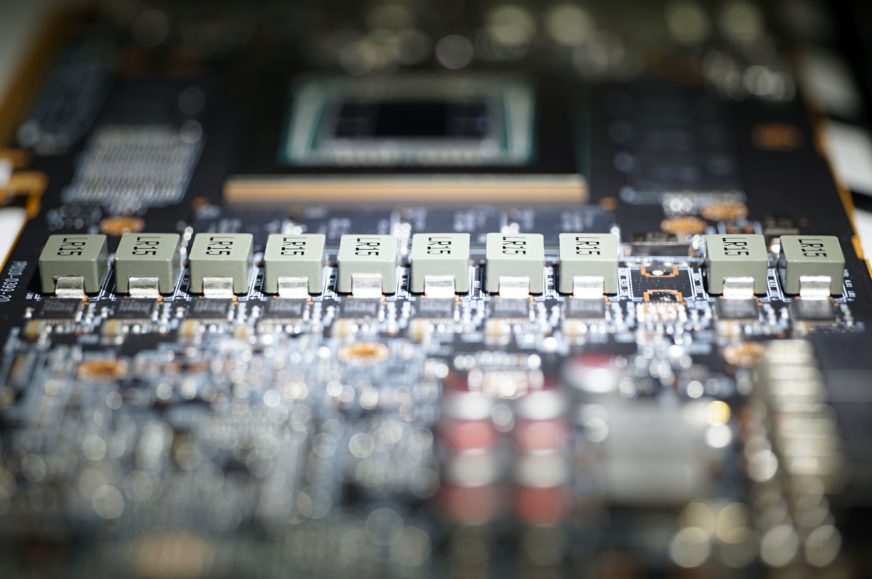
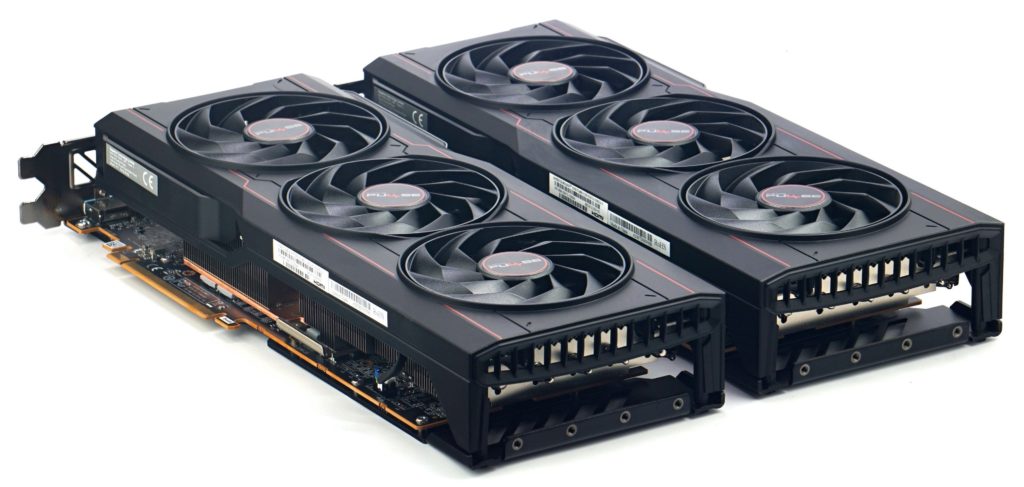
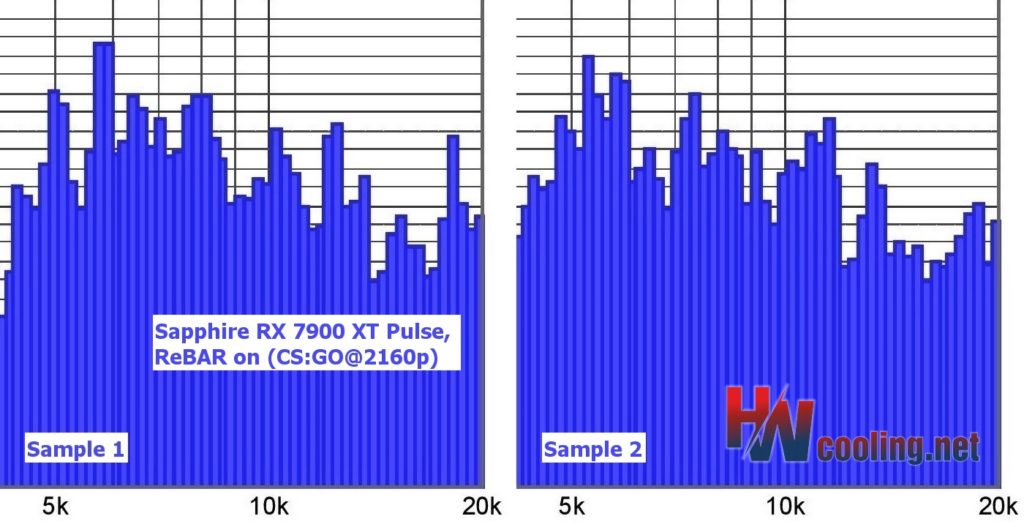

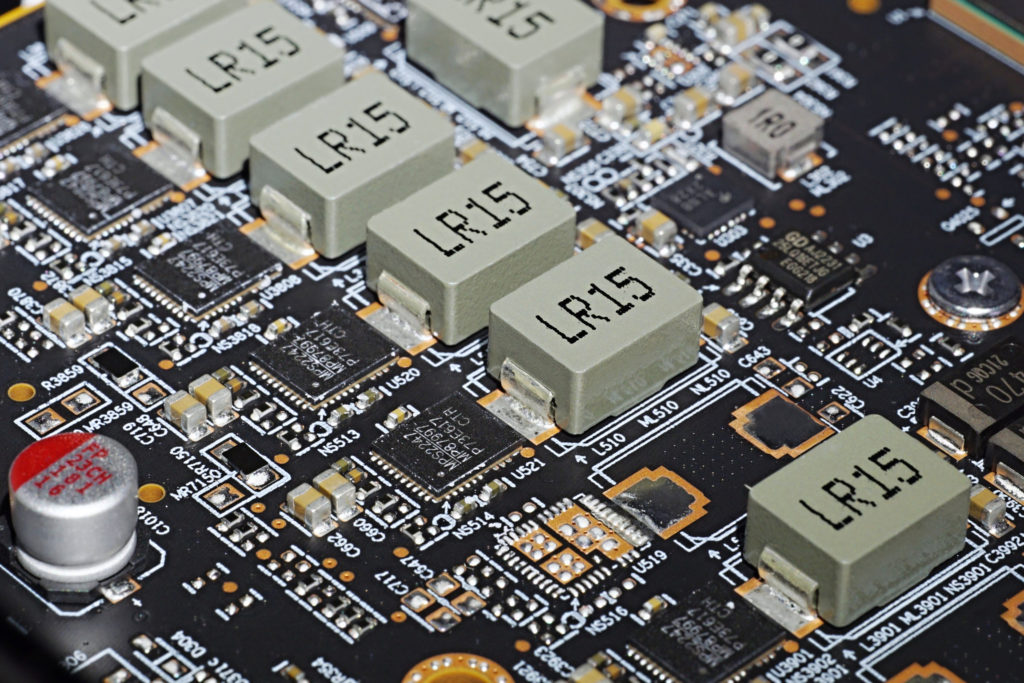

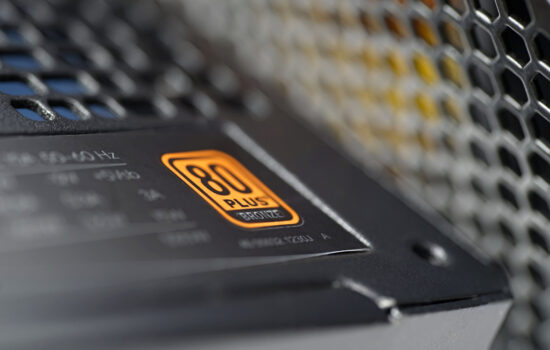




I’ve always been calling BS on claims of “coil whine is all random”. At first, they were invalidated by Reddit, where particular models were the villains of coil whine threads.
Such claims are nowadays further debunked by your website, igorslab, and to some degree Guru3D with just a one-sentence comment about coil whine that almost always shows what hell Asus GPUs would bring upon your ears.
It was an interesting exercise to compare your coil whine results with Reddit threads. 3060 Ti and 3070 MSI Gaming Trio had a very limited number of coil whine topics, while Sapphire 6700 XT Nitro was by far the most notorious GPU. Interestingly, 6800 XT MSI Gaming Trio had a very bad track record too, confirmed by igorslab measurements.
There are two main reasons why coil whine became such a problem recently. One is that we are usually getting higher FPS and unfortunately coil whine scales up with it. The second is mesh cases that make coil whine leak out like crazy.
It would actually be interesting if additional coil whine tests just on a single sample were performed, especially no V-sync vs V-sync 60/120/240 FPS, and after undervolting with the default max clock.